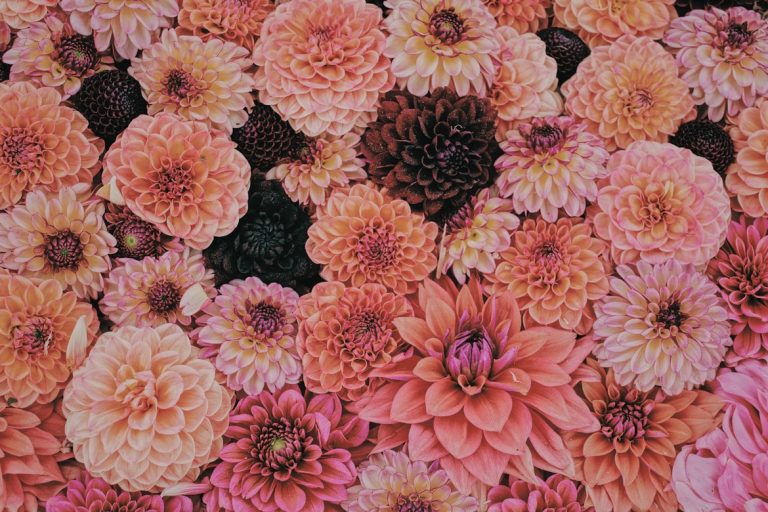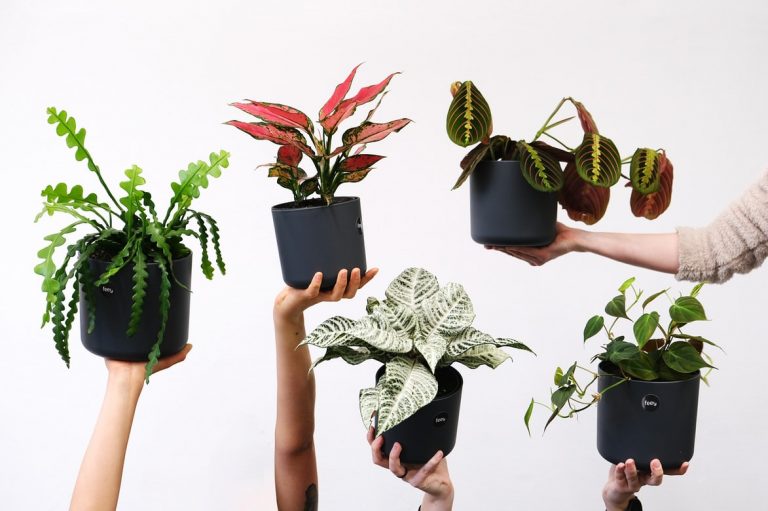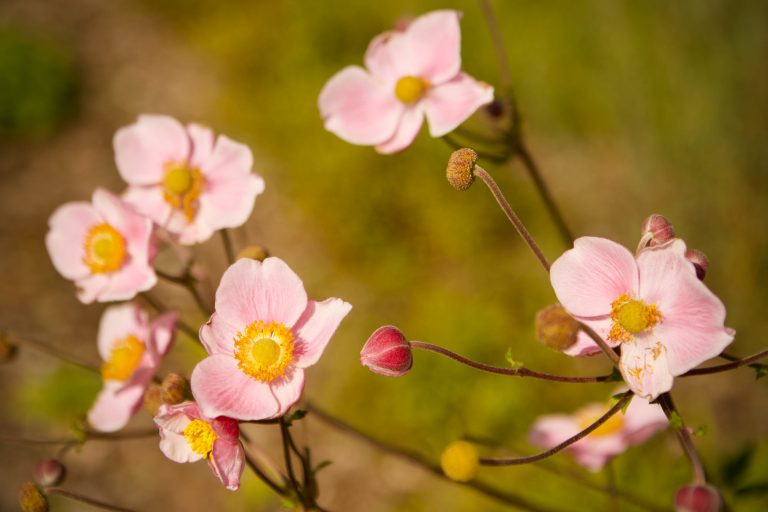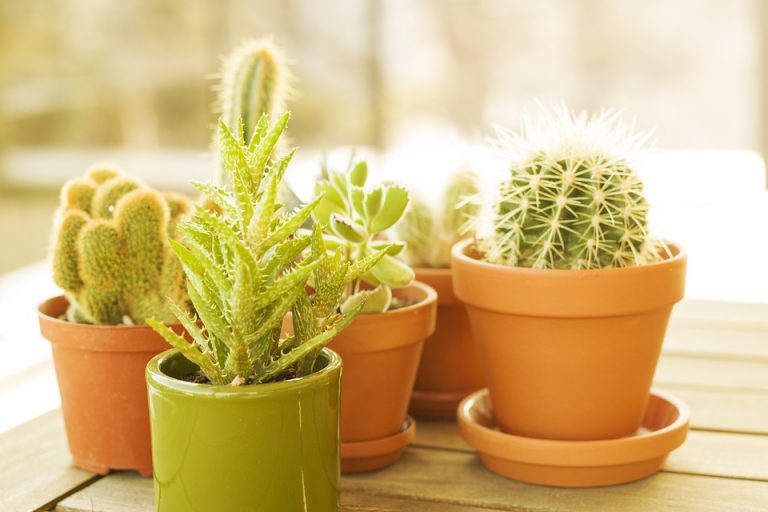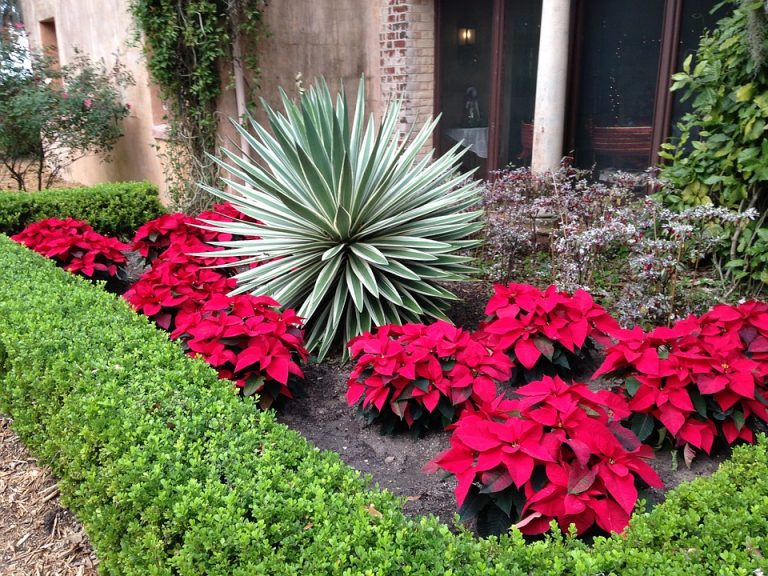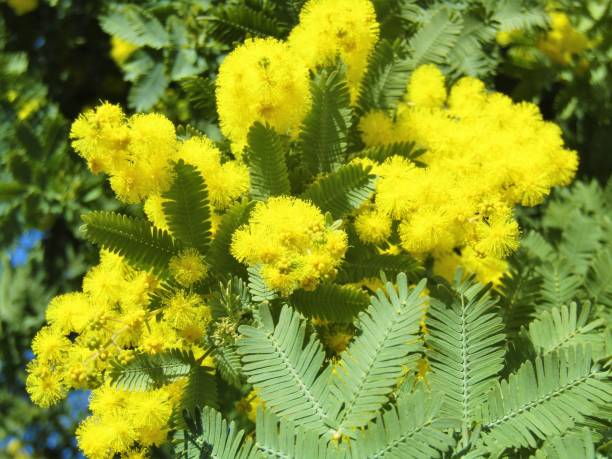How to Grow and Care for an African Violet Indoors?
About African Violet
African violet (Saintpaulia ionantha), is a popular houseplant. It is a small, evergreen, perennial flowering species native to Tanzania, in East Africa. It has fuzzy, heart-shaped leaves and flowers that bloom year-round. African violet is one of the first plants to flower indoors under artificial light.
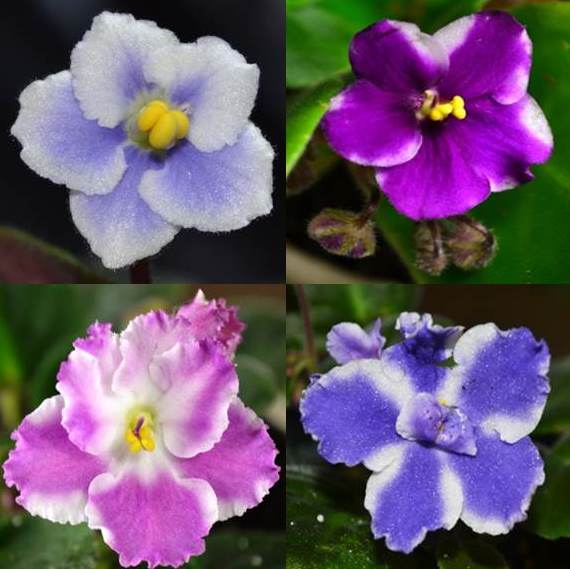
| Scientific Name | Saintpaulia |
| Common Names | Saintpaulia ionantha |
| Mature Size | 8” in diameter |
| Sun Exposure | Indirect sunlight |
| Soil Type | Loose, porous, well-draining |
| Soil pH | 5.8 to 6.2 |
| Bloom Time | year-round |
| Flower Color | Blue to violet, lavender, pink red-violet, blue-violet, lavender-pink, and white. |
The plant produces dainty purple, blue, pink, or white flowers that last for 2 weeks or more. African violets have been hybridized into a large variety of colors, leaf shapes, and sizes. The most common type grows about 6 to 8 inches tall and wide. Some of the newer hybrids are dwarfs and grow only 3 to 4 inches tall (not counting the flowers).
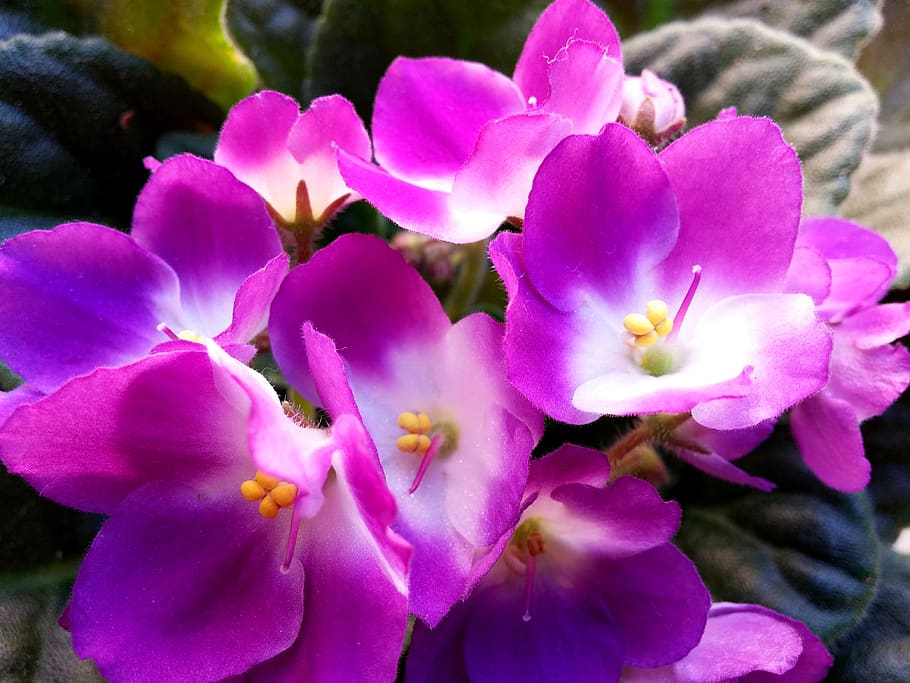
African violets belong to the Gesneriaceae family of plants which consists of over 150 genera and 2,500 species of herbs, shrubs, and vines native to tropical areas of the Americas and Africa. The genus Saintpaulia contains six known species that were discovered by Baron Walter von Saint Paul-Illaire in Tanganyika (now Tanzania) in 1892. He named them after his wife Empress Augusta Victoria.
Cultivation of African Violets
- Soil — For the easiest African violet care, place the plant in suitable soil. Special mixtures are available, or you can manufacture your own by mixing equal quantities of peat moss, vermiculite, and perlite.
- Water – African violet plants are finicky about water, so take special care when watering them.
- Light – Make sure the African violet plant has enough light. The light intensity should be filtered so that the African violet can grow in bright to medium light. Flowering is influenced by light.
- Fertilizer – Fertilize African violet plants with African violet food or a portion of food that has a greater phosphorus number — the middle number in the NPK fertilizer ratio, such as 15-30-15.
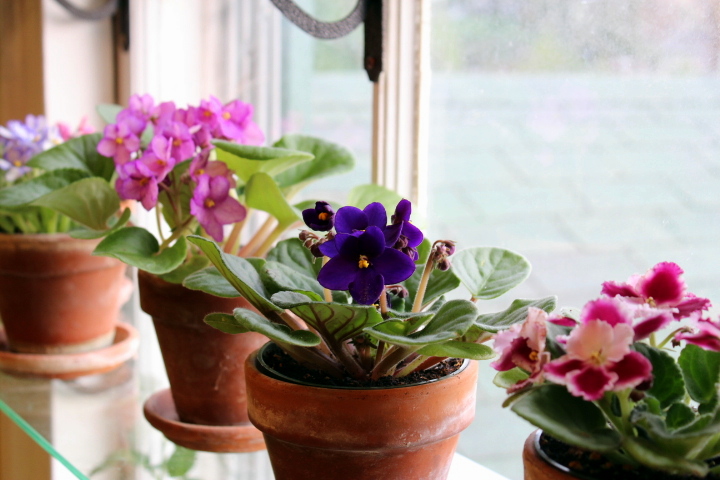
African violets are also easy to grow if you follow a few simple steps:
- Fill a 5- or 6-inch pot with African violet potting mix. The plants need well-drained, loose soil.
- Choose a variety of African violet with the flower color you want, and plant it in the pot at the same depth it was growing in its nursery container. If you’re not sure which way is up on a plant’s roots, look for darker, dried-out roots; they are usually on top.
- Water the plant thoroughly until water runs out of the bottom of the pot. Let the soil surface dry before watering again; African violets don’t like to be soggy.
- Place the African violet in bright indirect light; it will do best about 10 feet from an east or west window and about 4 feet from a south window. Don’t put it in direct sunlight, especially during summer afternoons when the sun is hottest; this can burn leaves and blooms.
- Fertilize every two to three weeks with a liquid fertilizer made specifically for African violets or other flowering houseplants (look for one with an analysis of 21-7-7). Dilute 1/4 teaspoon of fertilizer in 1 gallon of water, then water your plants with

Care of African Violets
The African Violet is a popular pastime among many gardeners. You can grow and take care of an African violet indoors or outdoors with a little knowledge. There are several things you will need to note on how to grow and care for an African violet indoors, here are some tips that will help.
Watering
- African Violets only require a small amount of water to keep the soil moist but not soggy.
- Prevent using soft water. The use of soft water increases saline content.
- Do not use highly chlorinated water
- To ensure correct watering, Use a self-watering device, such as the Optimara MaxiWell (for 4-inch standard Violets), MiniWell (for 1-inch super miniatures), or the Optimara WaterShip container, a spill-proof, self-watering device for 2-inch miniatures.

Light Requirements
- African Violets are at best when they receive a lot of indirect sunlight.
- Keep in mind that the length and intensity of sunshine vary according to the season.
- Keep in mind that when the distance the source reduces, the intensity of the light will rise.
- It’s vital to note that to blossom, African Violets require at least eight hours of darkness each day.
- You should be aware of a problem that only African Violets grew under grow lights experience. Leaf Bleaching is the term for this condition.

Temperature and Air Quality
- In general, keep the air temperature surrounding your African Violets as close to 70 degrees F as possible. Allow temperatures to not fall below 60 degrees Fahrenheit or climb above 80 degrees Fahrenheit.
- While too much heat will harm your African Violets, it is not nearly as dangerous as too much cold.
- If your African Violet has been exposed to cold temperatures, transfer it to a warm location as soon as possible.
- Humidity, with relatively warm temperatures, is essential for African Violet’s health.
- Another way to increase humidity is the use of a self-watering device, such as the Watermaid.
- Because humidity is so important to African Violets, proper air circulation is also crucial.
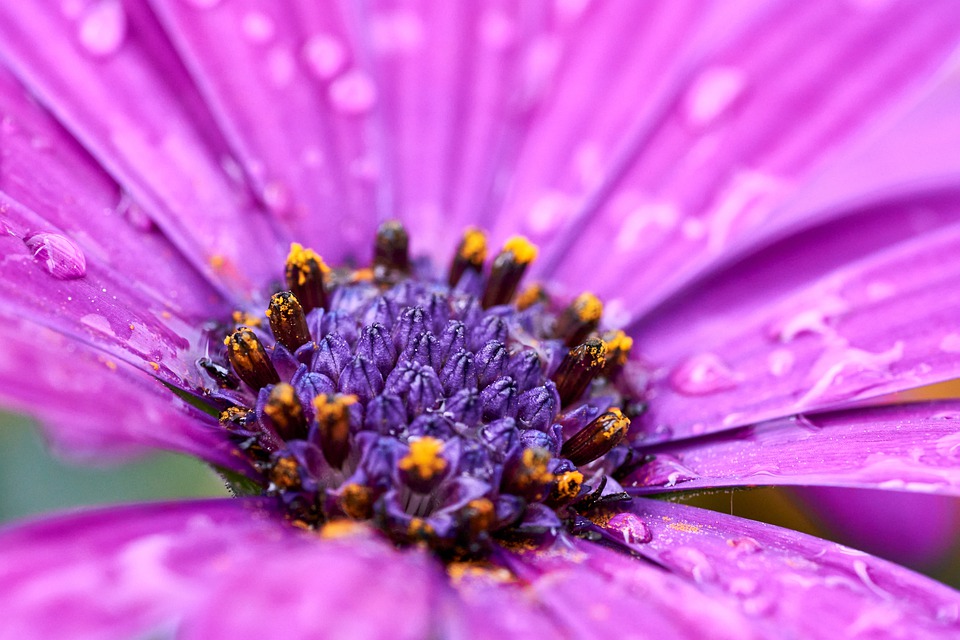
Pest and Disease Control
Pests can spread from plant to plant through direct contact, from the soil, or nearby contaminated plants. Insect infestations can present a threat to the health of your African violets if left unchecked. Preventing them is almost always easier than treating them. Here are common pests and diseases you can find in your plant and how to control them:

Diseases
Crown & Root Rot: When the crown and roots of the African violet plant become soft and mushy, one of the most dangerous fungal infections occurs. The plant’s elder leaves droop, while the plant’s younger leaves in the center seem stunted, turn black, and die. This problem can be caused by the fungi Pythium and Phytophthora species, especially when plants are overwatered, have poor drainage, or are planted too deeply.

Prevention & Treatment: When planting, always use sterilized potting soil mixes and clean containers to avoid disease. African violets should not be planted too deeply. Plants that have been severely damaged should be discarded. Discarded plant pots should not be reused until they have been scrubbed clean and soaked in a solution of 1 part household bleach to 9 parts water for 30 minutes.
Botrytis Blight: Botrytis blight is caused by the fungus Botrytis cinerea and shows as few water-soaked lesions on the underside of the leaf at first. Blighted leaves, stems, or flowers turn a dark brown to a gray color and have a fuzzy coating on the surface.

Prevention & Treatment: Collect and dispose of all plant material that is dead or dying. Improve air circulation and keep the flowers and foliage from getting damp. Botrytis is frequently caused by mite injury, hence eradicating this pest aids in the eradication of this illness.
Insects & Related Pests
Cyclamen Mites: Cyclamen mites (Steneotarsonemus pallidus) are one of the African violets’ most problematic pests. They eat fresh growth (i.e., leaves in the center of the plant). Symptoms include significant stunting of the plant’s leaves in the center, as well as leaf curling. New leaves are frequently hairy, giving them a grey appearance. Flower buds may be stunted, malformed, or fail to open altogether.
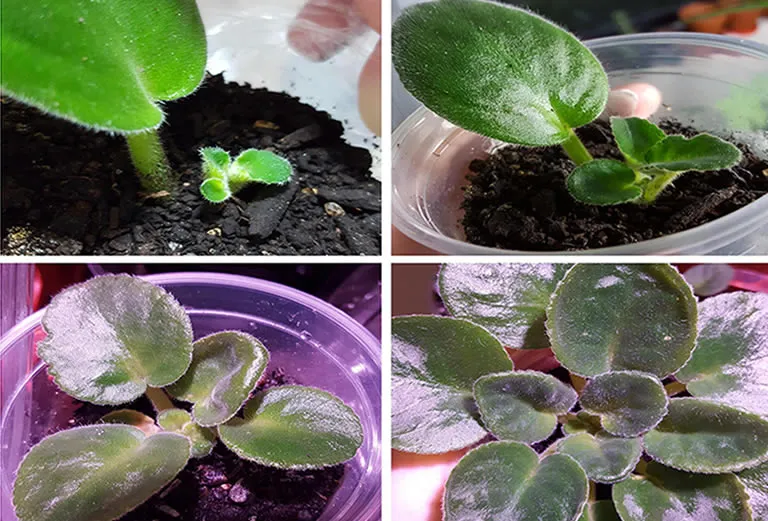
Prevention & Control: To avoid the spread of cyclamen mites, space your plants so they don’t contact. Also, before African violets is a genus of flowering plants in the Saintpaulia family. While they are native to Tanzania and adjacent southeastern Kenya, they can be grown indoors as houseplants, or outdoors in warm climates. You can grow your African violet plant from a leaf or seeds. You will need:
working with non-infected plants, avoid touching infested plants. Isolate the plants that have been infected. Plants that are badly infested should be discarded. Discarded plant pots should not be reused until they have been scrubbed clean and soaked in a solution of 1 part household bleach to 9 parts water for 30 minutes.

Mealybugs: The citrus mealybug (Planococcus citri) and the Comstock mealybug are two of them (Pseudococcus comstocki). Mealybugs are about 14 inches long. They have soft bodies and are covered in a white waxy material that gives them a cottony appearance. They can be found on leaves, stems, and the crotches of leaves. They survive by sucking plant sap. Because of their feeding, the leaves become stunted and distorted. Leaf and plant death can result from a heavy infestation. They excrete honeydew (a sugary material) as they feed, which can coat the leaves and make them sticky.

Prevention & Control: To avoid bringing these pests into the house, carefully inspect a new plant for mealybug eggs, including the bottom of the pot. Light mealybug infestations can be controlled by wiping them away with a cotton swab dipped in rubbing (isopropyl) alcohol. Repeat as necessary.


